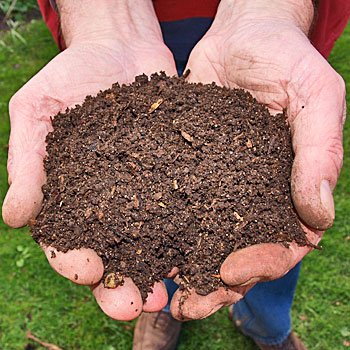
Living on a Welsh mountainside means good growing soil is always in short supply.
The soil layer in most parts of our land is only two or three inches deep and full of rock and stones.
We therefore do nearly all our growing in raised beds.
Raised beds are great for us and proving to be very productive, but the big problem is finding the soil to fill them.
We could of course just buy in soil, manure and compost to fill them but that would be prohibitively expensive.
Our standard beds are 4.8m x 1.2m with a depth of 12 inches (30cm). To buy in sufficient compost, even of the cheap low grade urban green waste type, would cost around £100 (US $130) per bed.
The bigger beds in the polytunnel are twice the standard beds in size. We have four of them in the new polytunnel to be filled.
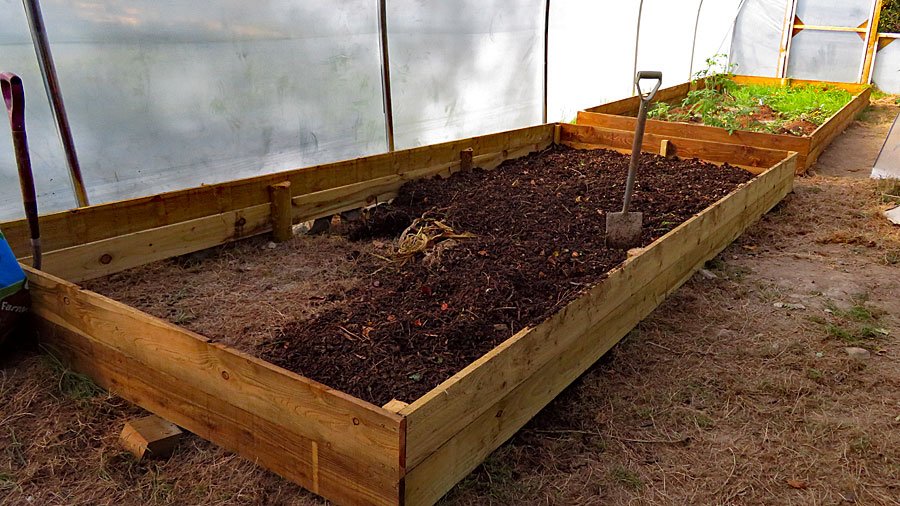
I have bought in some compost to help progress our growing plans. Currently I have been bulk buying Martin's TLC compost from a local producer. It is very good but rather expensive so I am generally only using that as 'top dressing' or 'planting hole booster'.
Because of my need for large quantities of material to fill the raised beds I am becoming ever more resourceful at finding all types of material to make compost and eventually soil.
1. Leaves
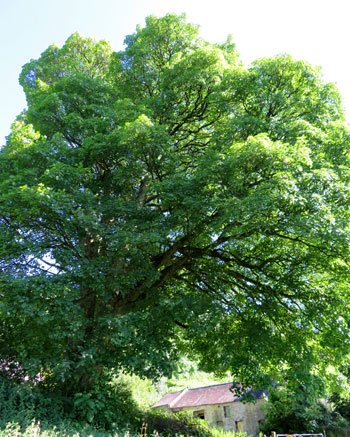
We have around 500 mature trees on our land, including the magnificent 100 foot sycamore overlooking our yard.
The sycamore has big leaves and at this time of year it is dropping hundreds and hundreds of them everyday. It intrigues what the total weight of all the leaves coming off the tree might be...
We gather up these leaves from the yard and pile them in heaps or apply them as a mixing layer straight on to the beds.
Our lane to the main road is over a quarter of a mile long and tarmac'd. It is lined with large trees all the way along.
It is an excellent place to gather leaves. They get crushed by the vehicles travelling up and down the lane and they are easy to scrap up from the tarmac.
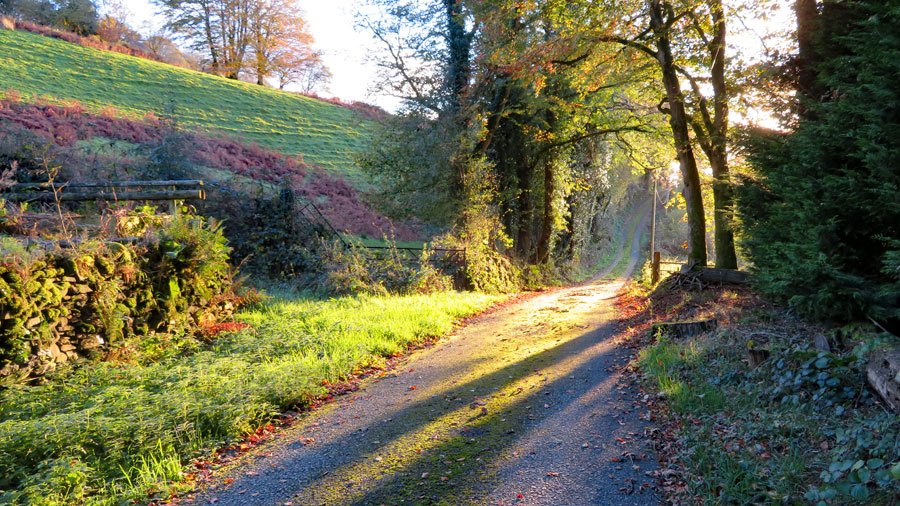
Last winter we 'harvested' about 60 sacks of leaves from the lane. This year I am hoping to double that.
As an experiment in the spring I tried growing new potatoes in a pile of the well rotting leaves with excellent results. We got a really good crop of beautifully smooth new potatoes. I will definitely repeat this again next year.
2. Woodchips
Last year we had a tree company come in with a cherry picker to clear all the branches overhanging the telephone line along our lane.
Apart from a few big logs they chipped all the cuttings into seven large piles of woodchips. They separated out the chippings from the Leylandii at the bottom of the lane as they are a bit more acidic.
After a year those piles of woodchips had already begun to rot down well and we used half of them as a base fill in beds early in the summer. We also used some of them as a bed foundation in the first new greenhouse.
The more acidic leylandii chips were used to fill the blueberry border.
The rest of the chip piles were inside the new chicken and duck compound. For the past few months the chickens especially have enjoyed scratching around in the piles and adding their poo to the mix.
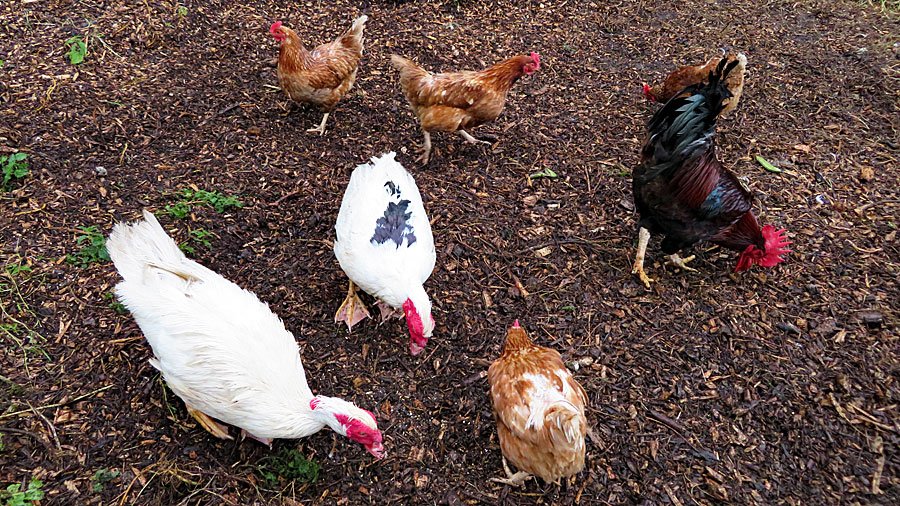
These 'superchips' are now turning into a really good bed material and we have been using it to fill the bigger beds in the polytunnel.
We are now accumulating another large mound of branches ready for chipping. I am going to start thinning out the dying young ash trees in the new woodland. These will add considerably to our chipping pile.
Once we have enough material ready I am going to hire a commercial chipper for a couple of days and produce our next pile of woodchips.
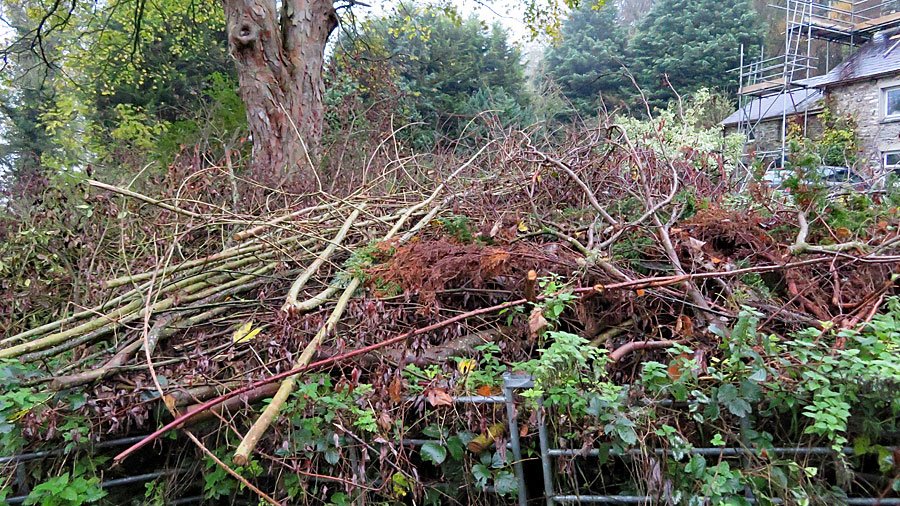
3. Kitchen Waste
I give any suitable scraps like bread, fruit, greens etc to the chickens. Everything else like orange peel, avocados, thick stalks and the like I throw into the base of the next raised bed to be filled.
As we finish filling each raised bed we build another one ready to take scraps.
We have experimented with a tumbling composter earlier in the year for this sort of waste. But the results were very disappointing for the amount of effort involved.
Worm composting was another method we have tried but again the reward versus effort ratio really was not good.
For the small volume of kitchen scraps that don't go to the chickens it is easier just to throw it into the bottom of a raised bed and let nature, and the slugs, do its thing.
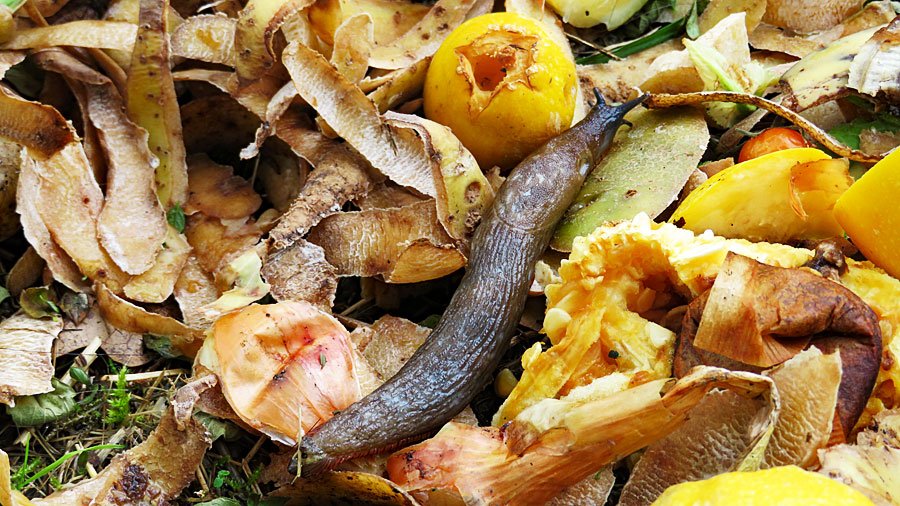
4. Animal manure
While the chickens are all free ranging we don't get a great deal of chicken manure at the moment. The small amount we do get usually gets mixed with some wood chips at the bottom of a bed waiting to be filled.
I wouldn't put chicken manure directly on top of a bed as it will be too rich.
The rabbit was contributing some to this until she eloped with the wild buck of the mountains.
Now it is just down to the hamster. He is trying his hardest to do his bit.
5. Grass clippings
We don't have a large area of lawn but when we do cut the grass we have now started to save all the clippings into the one tonne builder's 'dumpy bags'.
About six of these bags got filled over the summer. I am not quite sure how well these are going to rot down but I have added the rabbit, hamster and a bit of chicken manure to help them along.
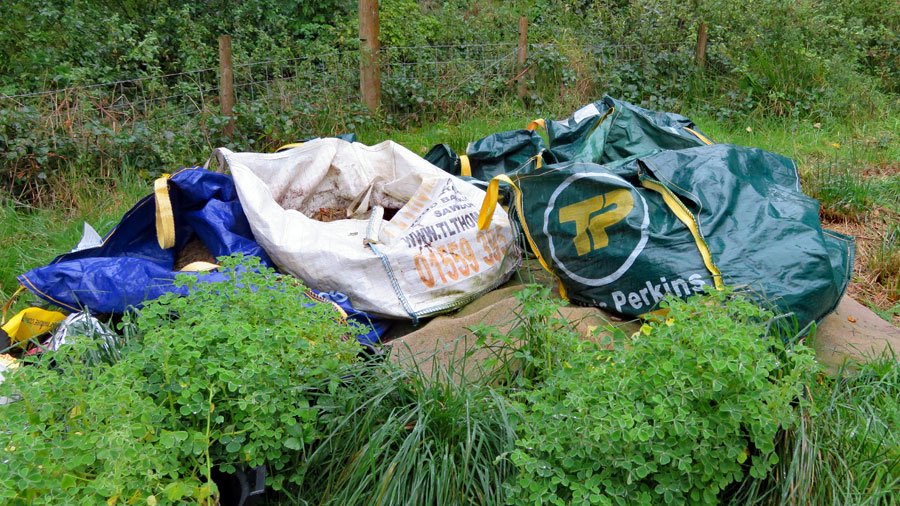
Soil is so important.
Healthy, living, vibrant soil is critical for a successful homestead.
I am learning year by year to improve the soil and build upon it.
Using the resources from your own land is by far the best way to build the soil.
Nature sees, nature feels, nature rewards.
You might also be interested in some of my other posts :
Two hundred cabbage plants and a couple of beautiful alpacas
Living in my own little Steemtopia : why I don't Self UpVote
Homesteaders & Preppers on steemit - 230 members and rising - v9 [08 Oct '17]
SteemTowns - connecting the virtual with the reality - would it be possible?
[hands with soil image from pixabay - Creative Commons CC0 // all other images by @pennsif]
